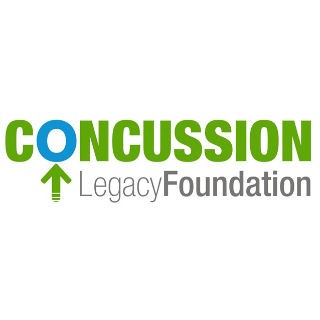New study shows CTE risk closely correlated to cumulative force of head impacts
A new study published Tuesday in Nature Communications found the number of diagnosed concussions is NOT associated with
Chronic Traumatic Encephalopathy (CTE) risk. Rather, the total cumulative force of head impacts absorbed by players is more predictive of CTE and its severity.
Researchers at Mass General Brigham, Harvard Medical School, and the Boston University Chobanian & Avedisian School of Medicine studied 631 deceased football players, the largest CTE study to date. Scientists found players’ odds of developing CTE were related to both the number of head impacts they sustained and the force of those hits to the head.
The study shows us that simple changes to how sports are played and practiced — to reduce both the number of hits to the head, as well as the strength of impacts — could prevent most future CTE cases.
See the study in Nature Communications here.
The New York Times covered the study and developed exclusive graphics to show the increased risk of developing CTE for each year of football played, broken down by position. You can see the graphics here.
Introducing the CTE Prevention Protocol
We are excited to announce a new groundbreaking resource for CTE prevention!
This week, CLF and the BU CTE Center published the first ever CTE Prevention Protocol, which provides a simple playbook to prevent the degenerative brain disease.
Experts say preventing CTE is possible, but it will require sports to move beyond current concussion protocols.
“Concussion protocols do not prevent CTE,” said Chris Nowinski, PhD, CEO of the Concussion Legacy Foundation. “Every sport and team need a CTE Prevention Protocol based on the principles of fewer hits to the head and fewer hard hits to the head. CTE prevention is that simple.”
The CTE Prevention Protocol was inspired by 15 years of BU CTE Center research investigating why some individuals exposed to head impacts develop CTE while others do not.
“CTE is a preventable disease, and this new study suggests that we could lower the odds that athletes develop CTE if we reduce both the number of head impacts and the force of the impacts,” said Dr. Ann McKee, chief of neuropathology for the VA Boston Healthcare System and director of the Boston University CTE Center and UNITE Brain Bank. “Based on what I have learned from patients and their families, we should do everything in our power to prevent CTE.”
Read and download the new CTE Prevention Protocol here.
Make sure to share with the coaches in your life. Together, we can #EndCTE!
Register for next week’s webinar with Dr. Dan Daneshvar
Join us next Thursday, June 29 at 5 p.m. ET for a special webinar which will detail the new study and CTE prevention protocol highlighted above. Dr. Dan Daneshvar, Chief of Brain Injury Medicine for Spaulding Rehabilitation at Mass General Brigham, Assistant Professor at Harvard Medical School was the lead author on the largest CTE study to date. He will present the study and answer a few questions from the audience.
Dr. Samantha Bureau, CLF’s Director of International Programs will join Dr. Daneshvar to discuss the first ever CTE Prevention Protocol, recently released by CLF and the BU CTE Center.
RSVP in advance for the webinar below!
Concussion Legacy Foundation | 298 E Main St. | P.O. BOX 79 | Middletown, DE | 19709
info@concussionfoundation.org



